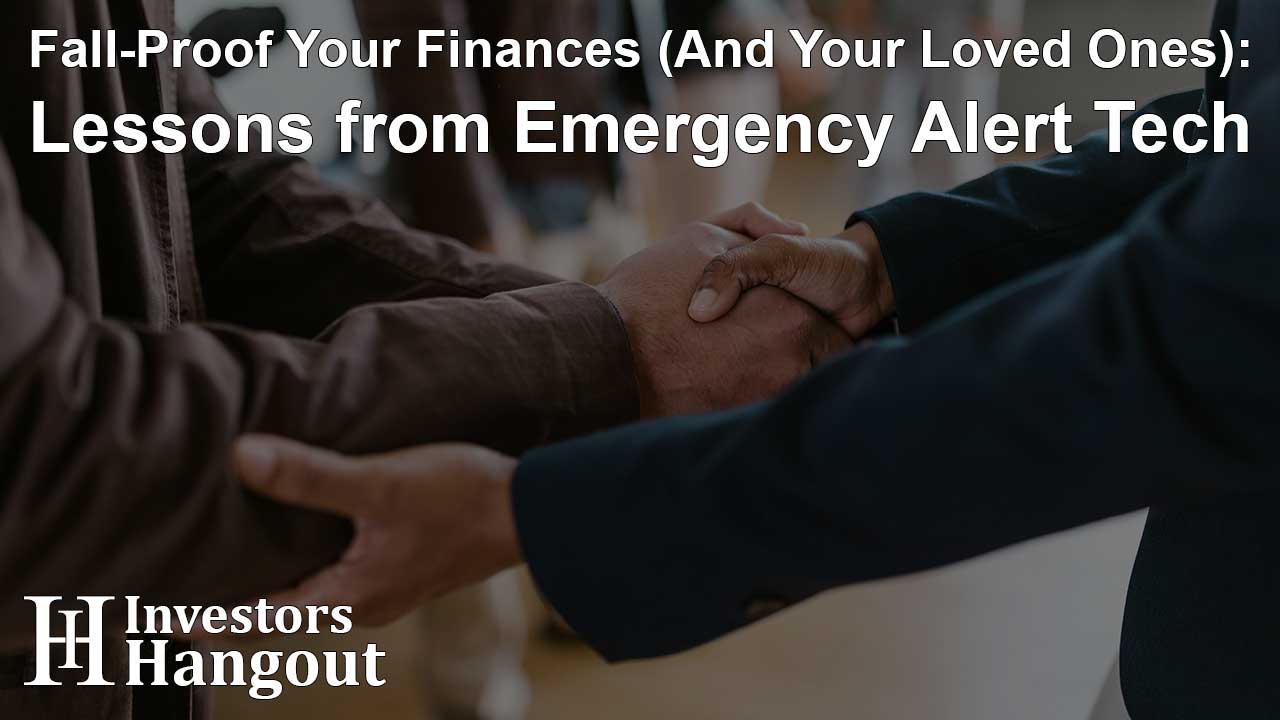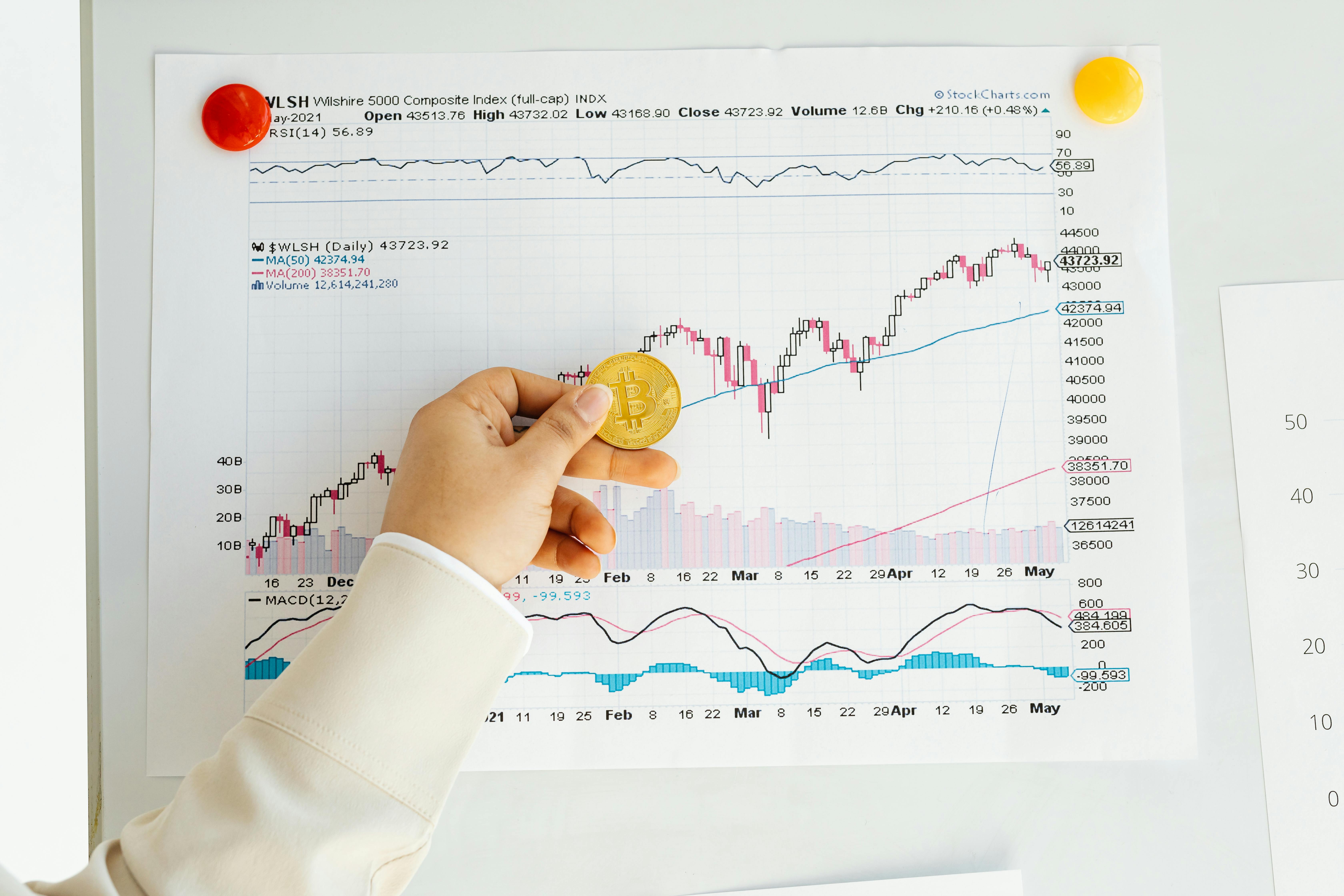Fall-Proof Your Finances (And Your Loved Ones): Lessons from Emergency Alert Tech

Life can take unexpected turns. One moment everything feels steady, and the next, you’re dealing with a setback you didn’t see coming. In health, those moments could be a slip on the stairs or a sudden fainting spell. In finance, it might be a market dip, a sudden job loss, or an investment that didn’t pan out. In both cases, the right safeguards can mean the difference between a quick recovery and lasting damage.
Just as personal safety devices are designed to detect a fall and summon help instantly, financial safeguards work quietly in the background, ready to protect you when things go wrong. The concept isn’t complicated: preparation now can prevent panic later. That’s the mindset behind tools like Life Assure, whose fall detection tech gives families peace of mind. The same thinking applies when building a financial plan that can weather unexpected shocks.
Why the Right Alerts Make a Difference
An emergency alert device works because it reacts fast. It doesn’t wait for someone to find you hours later. It triggers a response immediately, often before you’ve even realized how serious the situation is. In investing, similar “alerts” come in the form of stop-loss orders, portfolio trackers, and even market news updates. They’re designed to limit losses before they spiral.
The key benefit in both cases is speed. The faster you respond, the more control you keep. Waiting too long—whether after a fall or during a market drop—can make recovery harder and more expensive.
Risk Management for People and Portfolios
When you think about personal safety devices, they don’t prevent every accident. Instead, they make sure help arrives before small issues become big problems. Financial safety nets work in much the same way.
Three common ones include:
-
Stop-loss orders – These automatically sell a stock if its price drops to a certain level. They stop losses from growing unchecked.
-
Diversification – Holding a mix of investments so one bad performer doesn’t sink your entire portfolio.
-
Emergency funds – A savings cushion to cover living costs when income stops or big expenses hit.
Each of these is about readiness, not prediction. You may not know exactly when trouble will come, but you can decide in advance how you’ll handle it.
Planning for the Unknown
One of the biggest challenges in both health and finance is uncertainty. No one schedules an accident or a bear market. That’s why your safety measures need to be in place before you think you’ll need them.
In personal safety, that means wearing a device even on days you feel perfectly fine. In investing, it means sticking to your plan even in calm markets. It’s easy to skip safeguards when things are going well, but those are the times you should be reinforcing them.
The Psychology of Feeling Secure
There’s another benefit to having safeguards in place: peace of mind. Knowing that you have a way to get help quickly—or that your portfolio won’t collapse overnight—can make day-to-day life less stressful.
This isn’t just emotional comfort. Confidence can improve decision-making. When you aren’t acting out of fear, you can make more rational choices, whether that’s waiting for a good trade or staying calm during a downturn.
Lessons Investors Can Borrow from Fall Detection
Emergency alert tech offers a few principles that fit perfectly into the financial world:
-
Always On – Protection only works if it’s active all the time.
-
Automated Response – The less you have to think in a crisis, the better.
-
Simple to Use – Complicated systems tend to fail when you’re under pressure.
Applied to finance, this means automating parts of your strategy, keeping your plans straightforward, and making sure they’re ready to act without hesitation.
Balancing Cost and Value
Some people hesitate to invest in safety—whether that’s a personal alert device or a robust financial plan—because they focus on the cost. But the real question is value. How much is it worth to avoid a major loss? Often, the cost of protection is tiny compared to the cost of not having it.
In investing, a stop-loss order costs nothing to set up, yet it can save thousands. An emergency fund might take time to build, but it can prevent you from taking on debt in a crisis. The same logic applies to personal safety tech: the investment in prevention often outweighs the potential losses.
Staying Prepared as Life Changes
Neither your health nor your finances are static. As you age, move, or take on new responsibilities, your protection strategies should adapt. That might mean upgrading to a device with GPS tracking, or shifting your portfolio to match your risk tolerance. Regular reviews keep your safety nets strong and relevant.

Photo by Kaboompics
Final Thoughts: Prevention Is Power
In the end, the lesson from emergency alert tech is simple: you don’t wait for a crisis to start thinking about protection. Whether you’re guarding your health or your finances, the goal is to be ready before you need to be.
Small steps now—setting alerts, diversifying, building cash reserves—can protect you from much bigger problems later. In both life and wealth, fall-proofing is less about avoiding every stumble and more about making sure you can get back up quickly when it happens.
About The Author
Contact Dylan Bailey privately here. Or send an email with ATTN: Dylan Bailey as the subject to contact@investorshangout.com.
About Investors Hangout
Investors Hangout is a leading online stock forum for financial discussion and learning, offering a wide range of free tools and resources. It draws in traders of all levels, who exchange market knowledge, investigate trading tactics, and keep an eye on industry developments in real time. Featuring financial articles, stock message boards, quotes, charts, company profiles, and live news updates. Through cooperative learning and a wealth of informational resources, it helps users from novices creating their first portfolios to experts honing their techniques. Join Investors Hangout today: https://investorshangout.com/
